Two 7,000-year-old prehistoric rock carvings on the southeastern tip of South Korea have been recognized as World Heritage by the United NationsEducational , Scientific and Cultural Organization (UNESCO), for their vivid depictions of marine life and what is believed to be the world's oldest depiction of whaling.
According to a VNA correspondent in Korea, the decision to list the Neolithic stone carvings was made at the 47th session of the UNESCO World Heritage Committee in Paris on July 12.
The newly recognized monuments include rock carvings at Bangudae Terrace and at nearby Cheonjeon-ri, both of which are recognized by South Korea as national treasures.
The Bangudae carvings are carved into the lower part of a cliff at the upper source of Bangucheon Stream. These carvings were first discovered in 1971.
Measuring 3m high and 10m wide, the cliff holds 312 distinct imprints: humans, land and sea animals, boats and tools – each an image of ancient life along the Korean coast.
Of the sea creatures depicted, whales are the most numerous. The carvings are incredibly detailed and have earned the site the reputation of being the world's oldest visual record of whaling.
Meanwhile, the rock art at Cheonjeon-ri, located just 2 kilometers from Bangudae, was discovered in 1970. What makes the museum stand out is the remarkable layering of images carved across different periods: animal and human figures from the late Neolithic period, abstract geometric patterns from the Bronze Age, elaborate carvings from the Iron Age, and inscriptions from the Three Kingdoms to the Unified Silla period (18 BC - AD 935).
All of this makes for a rare visual genealogy of Korea's prehistoric culture.
It has been more than 50 years since the first rock carvings were made known to the world, but the effort to have UNESCO recognize them as world heritage was not easy, said Choi Eung Chon, director of the Korea Heritage Administration.
In the future, Korea will make every effort to preserve and share the value of these ancient rock carvings along the Bangucheon Stream as a heritage for all mankind.
However, these ancient carvings have long faced the threat of rising water levels. The rock carvings are regularly submerged by fluctuating stream levels due to the Sayeon Dam, which was built in 1965.
Since then, they have endured a constant cycle of flooding and exposure, especially during the summer monsoon season. Rising waters also carry debris washed away by rain, further endangering the monuments.
On average, these carvings remain underwater for about 42 days a year, but some years their submerged period can last 5-6 months.
To minimize the damage, the South Korean government is implementing a plan to install additional floodgates at the spillway of Sayeon Dam, aiming to significantly reduce the number of days the rock art is submerged, ideally to just one day per year.
Construction could begin as early as next year and is expected to be completed around 2030.
With the latest decision on the 7,000-year-old rock painting, South Korea now has a total of 17 UNESCO World Heritage Sites.
Some of the places on the list include Haeinsa Temple, which houses the Goryeo-era “Tripitaka Koreana” woodblock prints, Jongmyo Shrine, Hwaseong Fortress, and the volcanic landscape and lava tubes on Jeju Island./.
Source: https://www.vietnamplus.vn/tranh-da-7000-nam-tuoi-cua-han-quoc-duoc-cong-nhan-la-di-san-the-gioi-post1049367.vnp


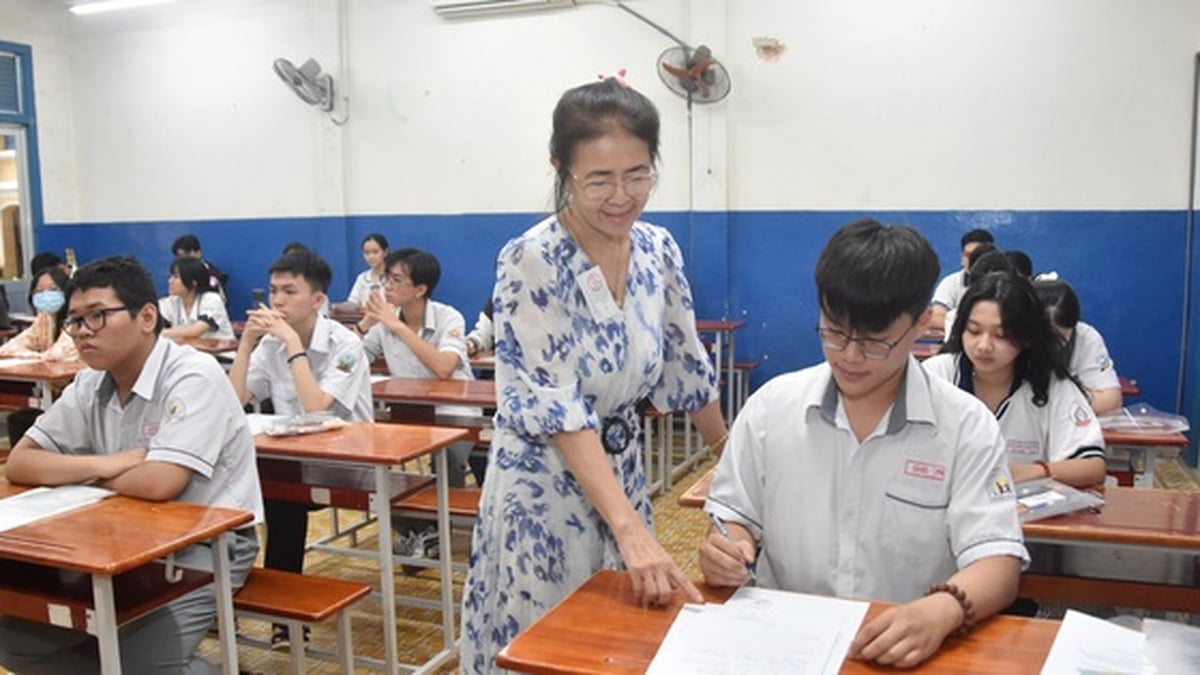
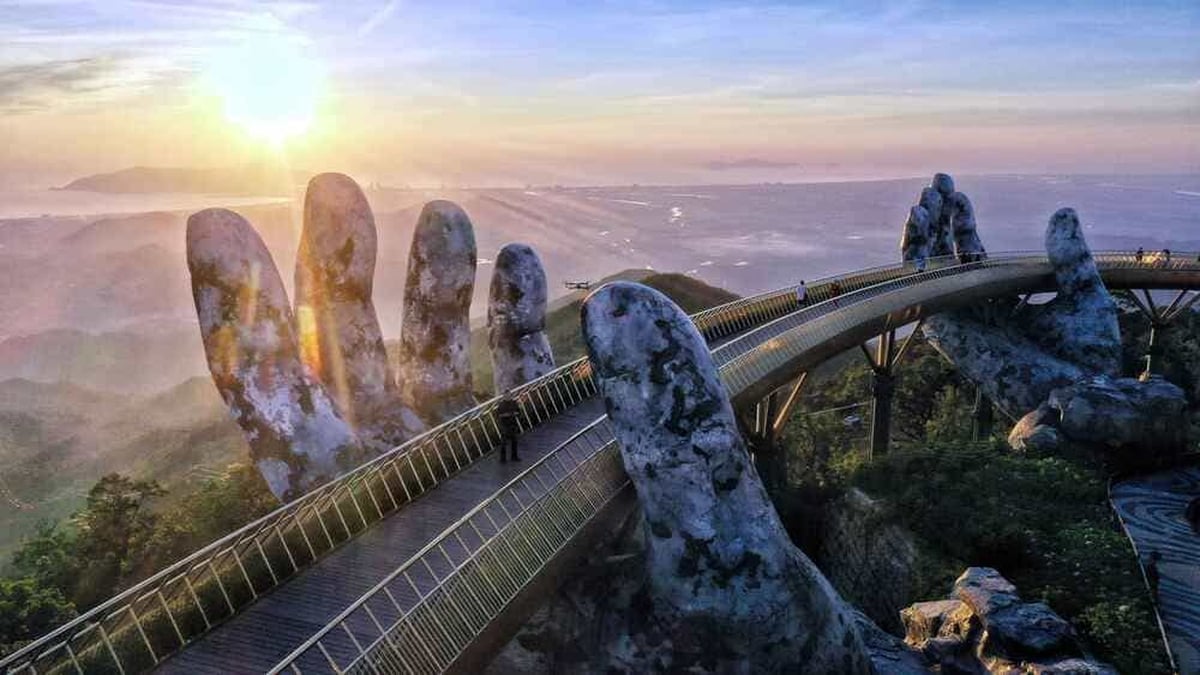
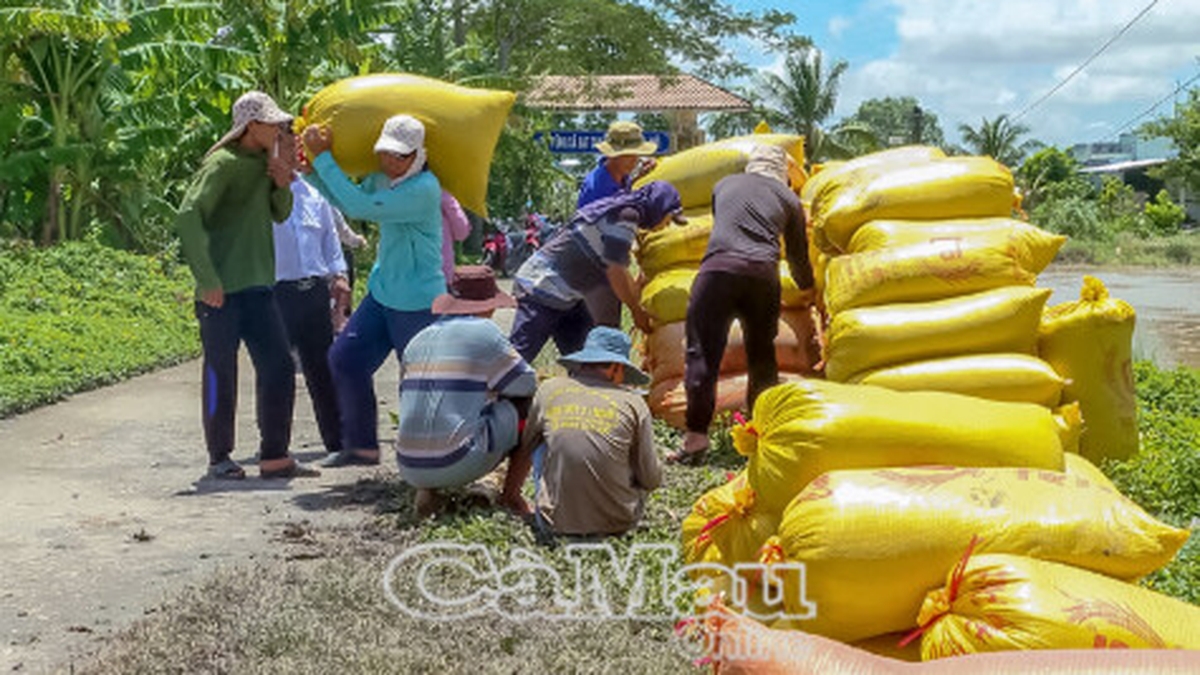


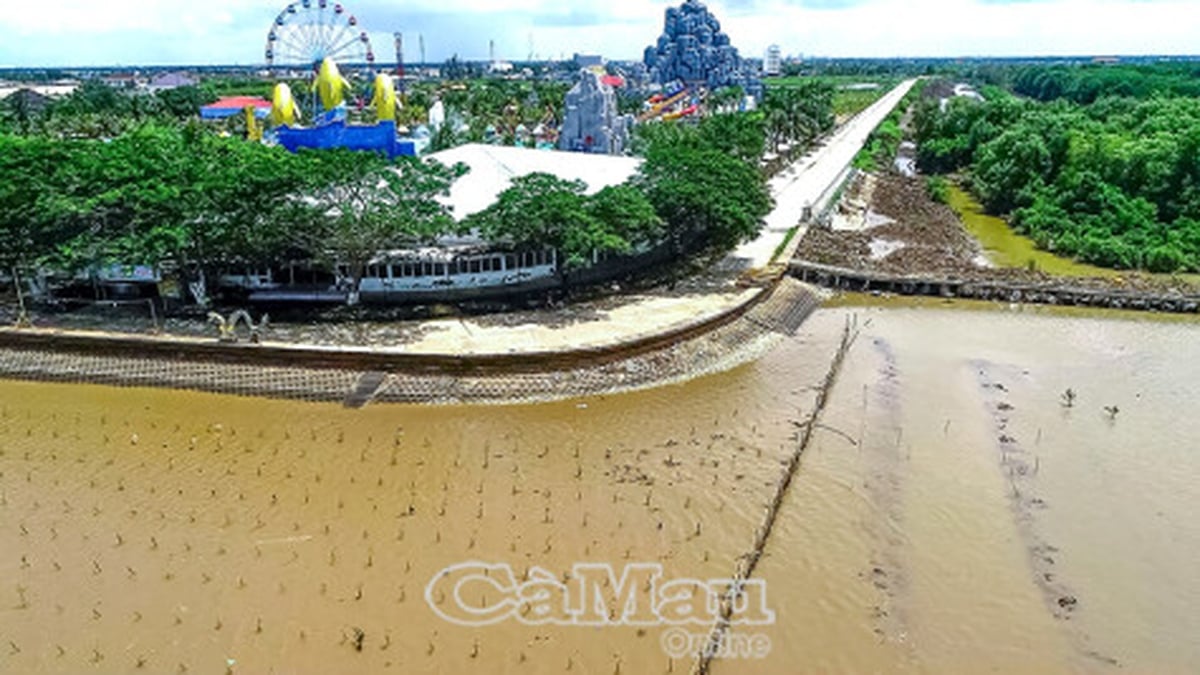

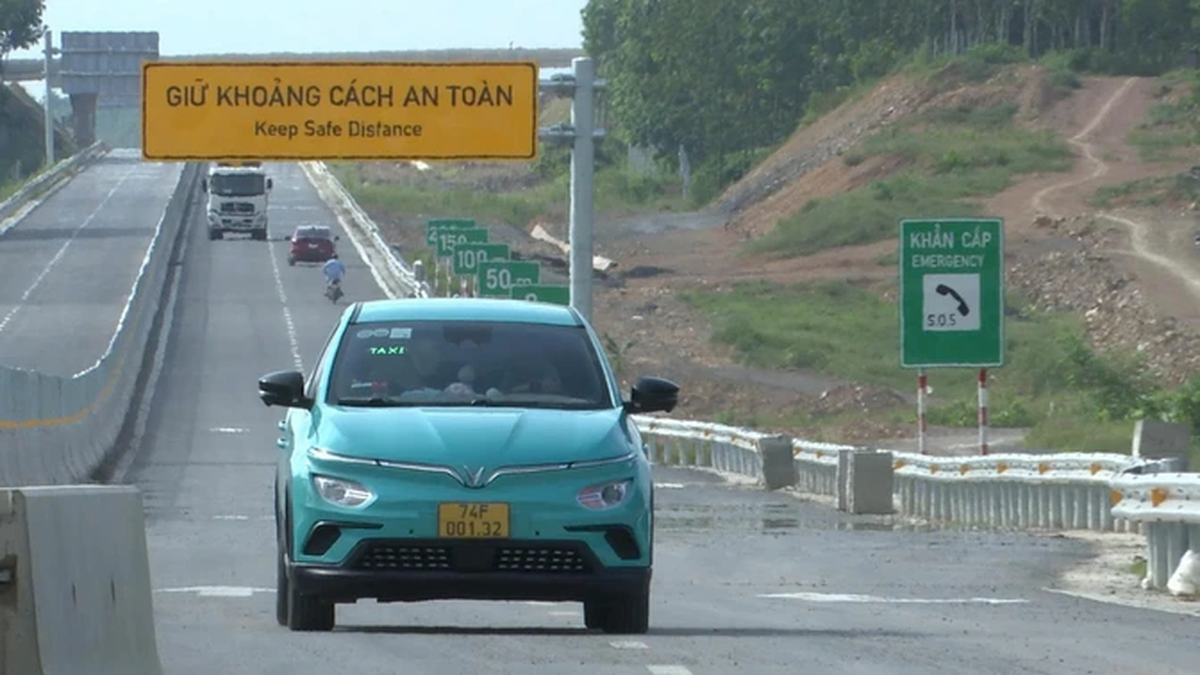
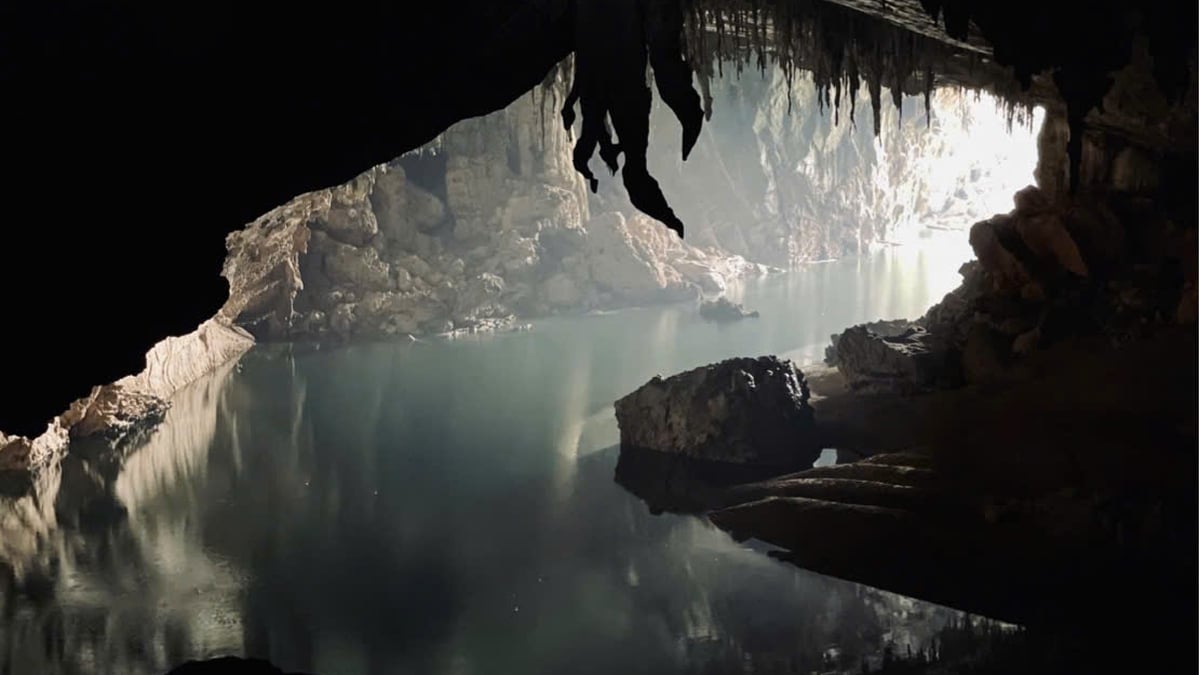
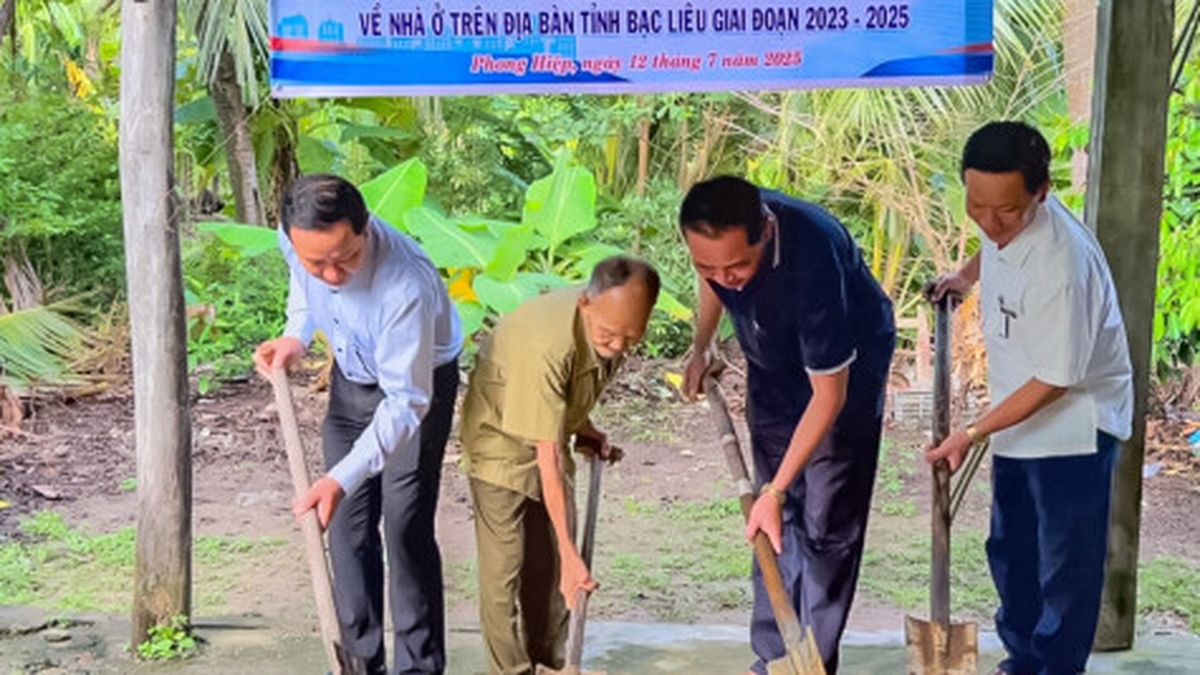


























































































Comment (0)